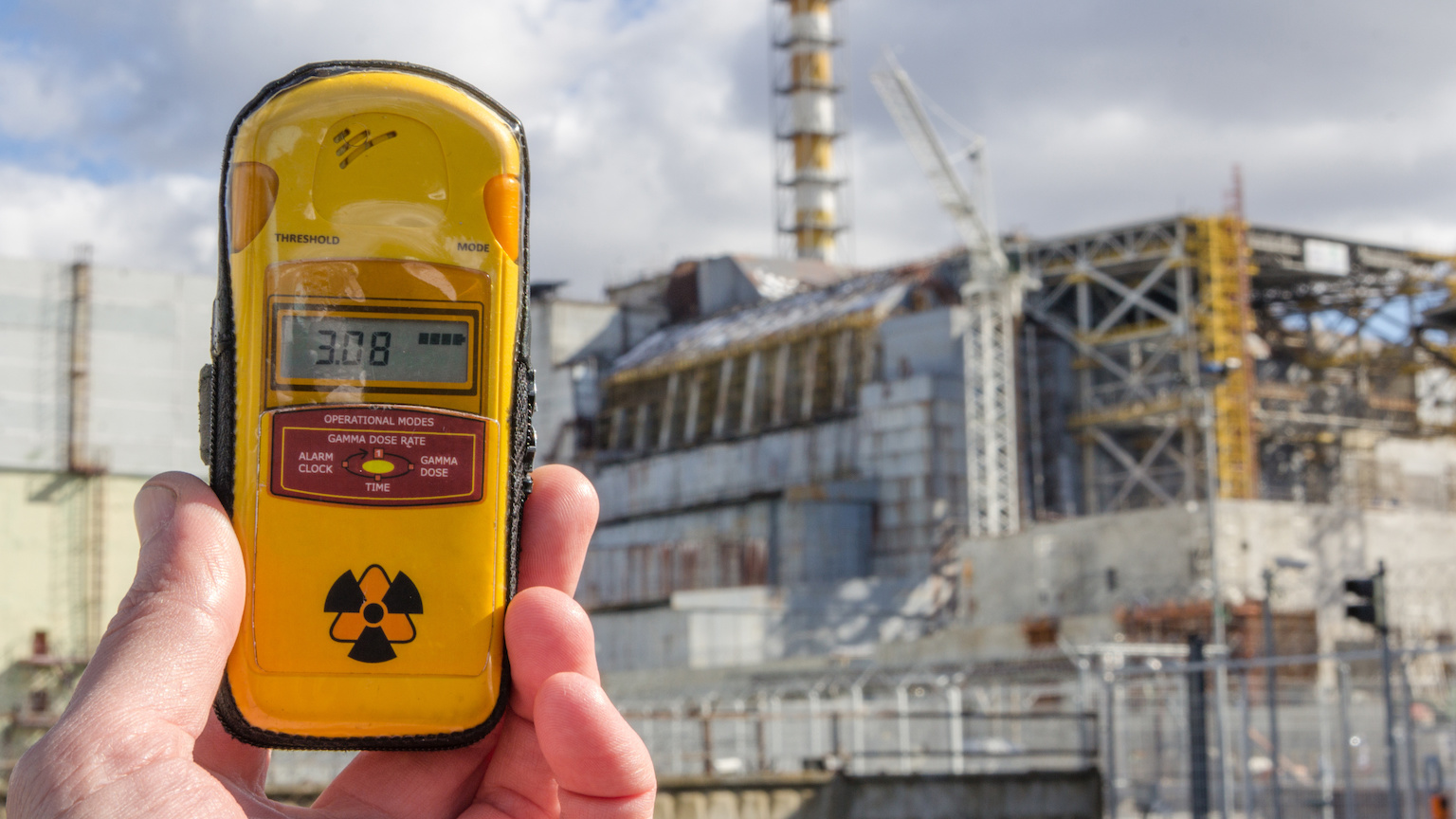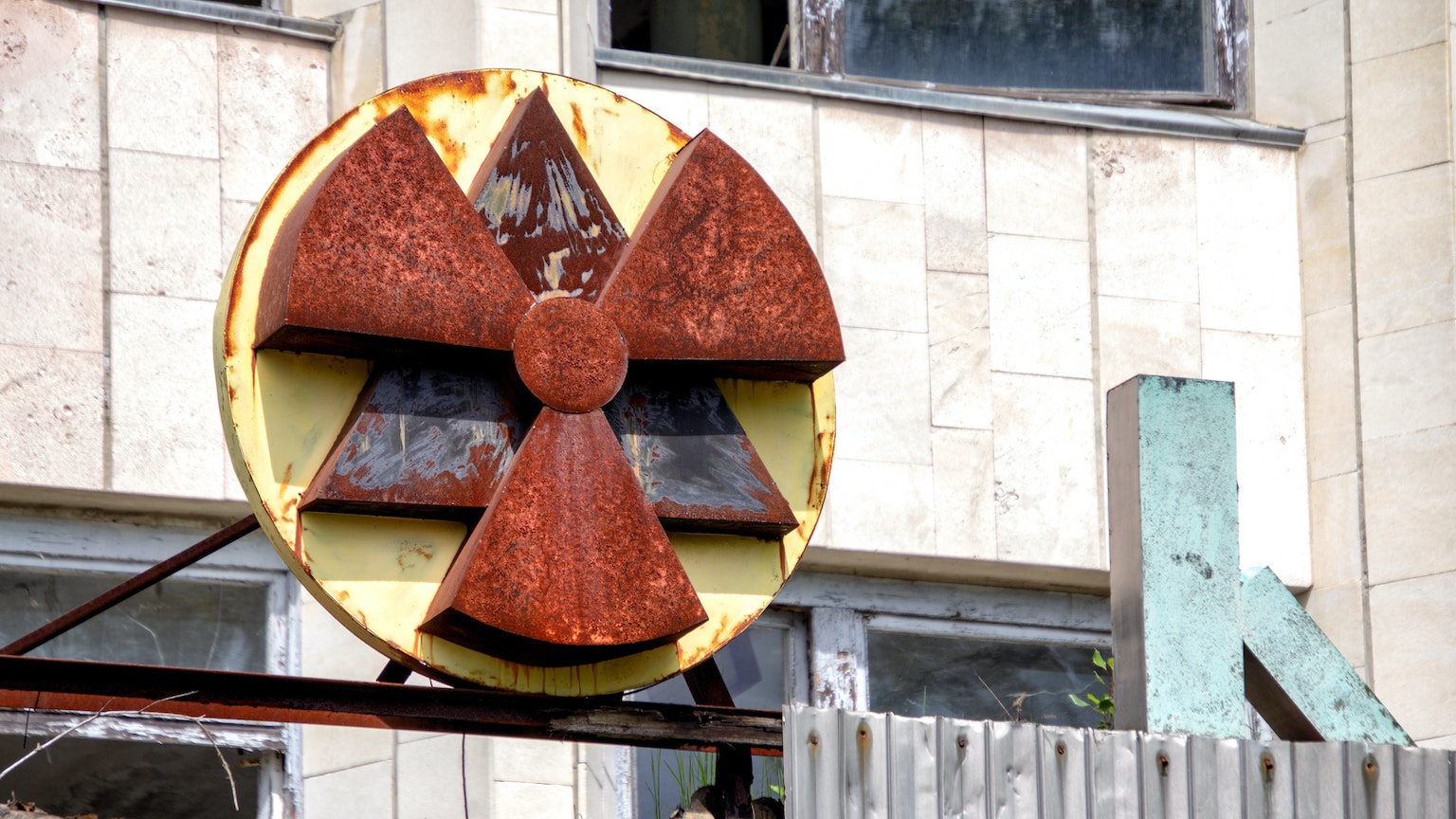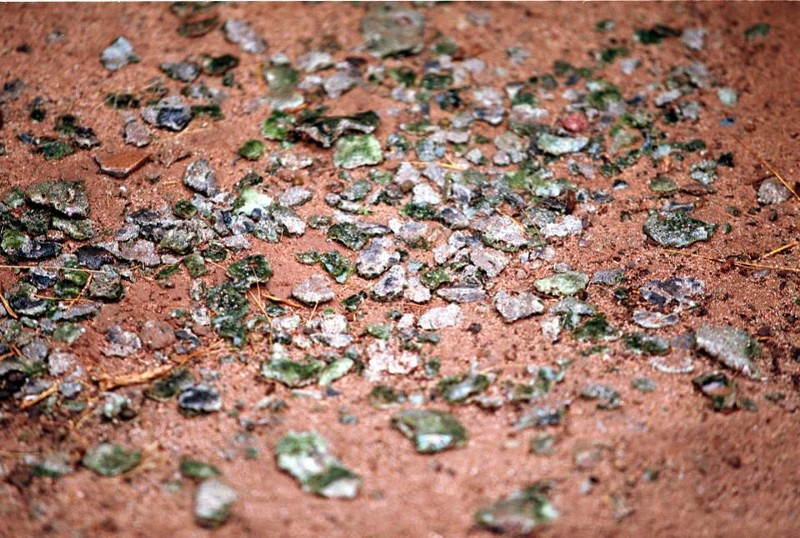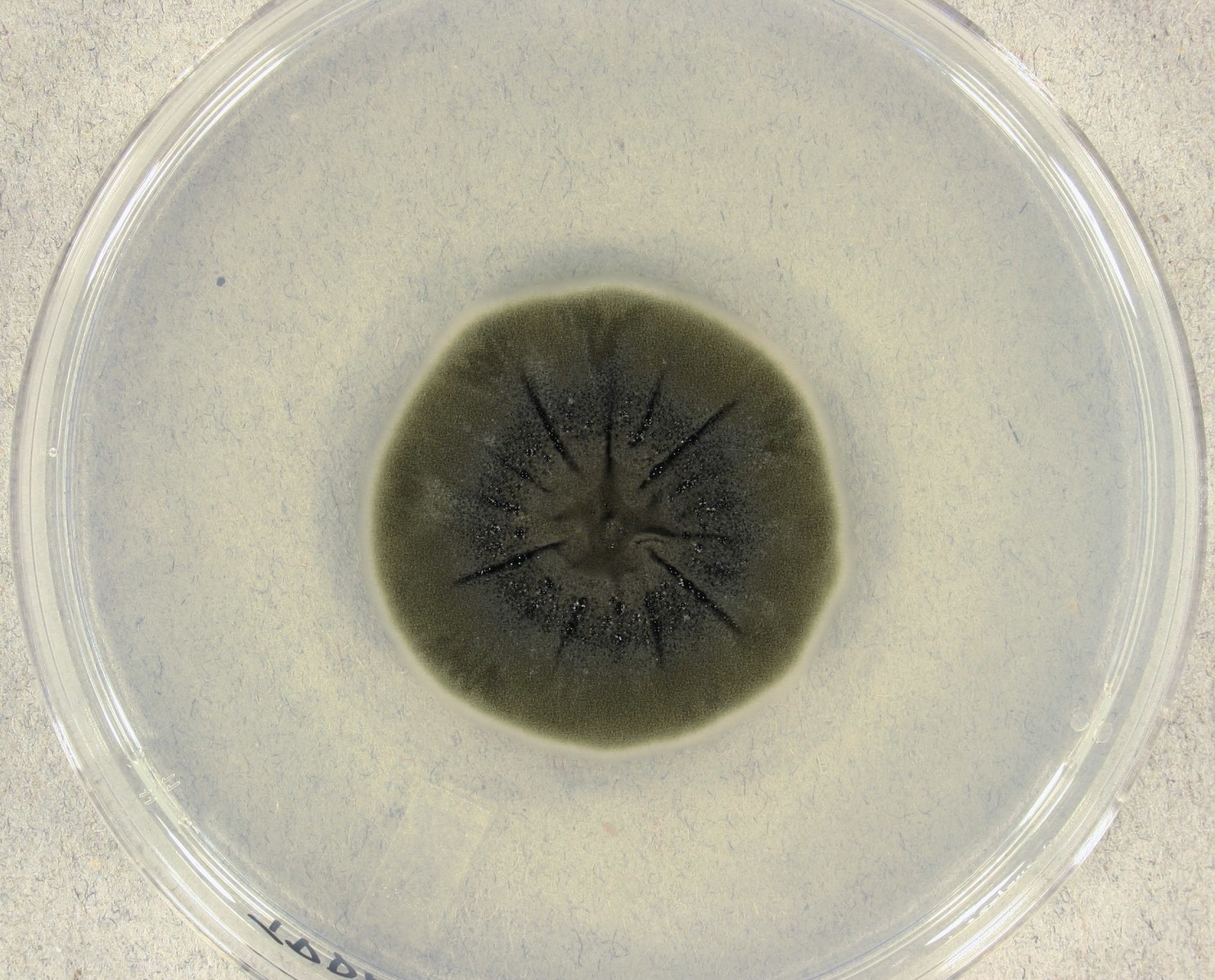Why Chernobyl radiation is not a cause for concern

- In the wake of the Russian invasion of Ukraine, radiation levels spiked at monitoring locations near Chernobyl.
- Despite some media hysteria, the levels were not exceptionally dangerous.
- One mystery remains: Why do radiation monitors keep failing?
As Russian troops rolled into Ukraine, they captured the territory surrounding the abandoned city of Pripyat and the Chernobyl power plant site. In the wake of the attack, several air quality sensors in the region began to report elevated levels of radiation. On February 24th and 25th, gamma ray detections increased roughly 20-fold. Should we worry?
How to measure radiation
The meters at the power station record radiation levels in “sieverts,” a particularly abstruse scientific unit. A single sievert is a dose of radiation that gives the average person approximately a six percent chance of developing fatal cancer, with some arguable statistical assumptions. The average level of radiation picked up by several monitoring stations in the area, in the weeks prior to the invasion, was roughly between one- and ten-millionths of a sievert per hour. Let’s put that in context.
A millionth of a Sievert, or one microsievert, is a small amount of radiation. The average banana possesses about one-tenth of a microsievert. Over the course of one day, the average U.S. citizen absorbs roughly eight microsieverts from entirely natural sources, like radon. A dental X-ray might give you ten microsieverts. A flight attendant receives about 1,500 extra microsieverts in a year on the job.
Chernobyl radiation
The average hourly dose rate near the ruined power plant is a few microsieverts per hour. So, on most days — if you stand around the ruins all day like an idiot — you would be exposed to a dose roughly equivalent to between eating 100 bananas (ten microsieverts) and getting ten dental X-rays (100 microsieverts). That is not advisable, but it also is not terribly dangerous. You could be exposed to a similar amount of radiation while crossing the country on a commercial airline flight.
The recent spike in gamma rays raised the exposure rate to about 50-100 microsieverts per hour. At that level, if you stood on the ruins for a day, you would receive close to the annual exposure limit for a U.S. citizen from a licensed nuclear operation. This would be a bad call on your part, but still only modestly harmful. After you left, nature would still hit you with about four times this dose over the course of the next year of your life. (For a nice infographic about radiation levels, see the end of this article.)
What caused the spike in Chernobyl radiation?
What could be the source of the spike? Gamma rays themselves come from the decay of unstable radioactive atomic nuclei. In the case of Chernobyl, what is left in the surrounding area is the longer-lived radioactive isotopes generated by the disaster. These continually decay at a steady rate, gradually dwindling away to nothing. Most of the remaining radiation comes from the heavy elements cesium and strontium. These metals were aerosolized — turned into microscopic airborne particles — in the disaster and gradually settled into the soil in the area. It is much more likely that the excess radiation is coming from stirred up dirt than any phenomenon buried deep under the sarcophagus.
There remains one interesting mystery, however.
In the days after February 25th, all of the local radiation monitor reports disappeared. Perhaps this was due to the fog of war. On February 28th, the readings on meters that had never spiked returned and showed normal levels. On March 1st, the readings on the meters that did spike returned, and in all cases they are back down to the previous level. Then the readings disappeared again on March 2nd. As of this writing, all monitors in the area, with one exception, are still down.
Is this evidence of chicanery? It is hard to say. However, the political motivations for reporting this sort of increase probably outweigh any practical benefit to stirring radiation or purposefully messing with the Chernobyl ruins.
The Ukrainian president seized on the news of Russian occupation of the site as a potential rallying point: “After the absolutely senseless attack of the Russians in this direction, it is impossible to say that the Chernobyl nuclear power plant is safe.” The Ukrainian government went on to liken the consequences of the Russian invasion to Chernobyl reoccurring in 2022. However, it is a safe bet that no nuclear disaster will reoccur at Chernobyl in 2022.






